I had been approached by publishers, to make an Old Line Plate book. In fact, before I worked there, I’d even been approached by my employer. I had a few reasons for declining these offers. I was worried that people wanted recipes more than the stories. I didn’t have the capacity to develop and test my own recipes - and I felt hesitant to reprint recipes from community cookbooks. I was also frankly just not sure I had the time to make a book I could be happy with, let alone proud of.
Working in publishing only lessened my desire to write a book. I process thousands of royalty statements per year. If I’d had a hunch that writing books was not lucrative, that hunch was now confirmed. From Amazon’s bullying and devaluing of books and authors to the plain fact that most authors had never made much money even before all that, I had my suspicion confirmed that having a book published was more about prestige than making a living. Did I want prestige? Sure, a little. Would I move heaven and earth to get it? Nope.
Then Maple died.
Summer 2021 was strange. We were all trying to grasp our new lives after the 2020 lockdowns. I was starting to build optimism. I appeared in the Washington Post and Baltimore Sun. I filmed spots for MPT and CBS. When Maple got sick and didn’t recover, I had the rug pulled out from under me. On my first morning without her, my CBS spot aired and the emails and follows rolled in as I sat with a new gaping void.
Many months rolled by in a cloud of sadness. In July, I happened to get an email from Shutterfly. They were having a sale where you could add infinite free pages to photo books. In one sitting, I laid out a book of photos of Maple. Beloved moments, photos of her paws and tail, a facing page with photos of her cocking her head. I obsessively arranged this little book and I ordered an 8x11 book with 23 “extra” pages. The book cost $35.
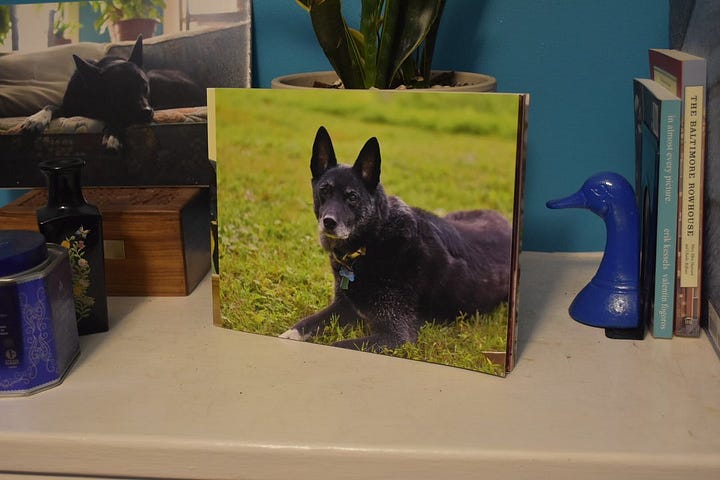
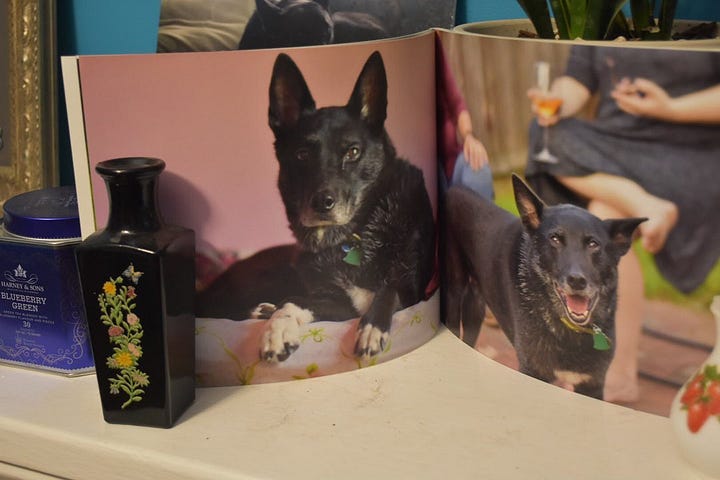
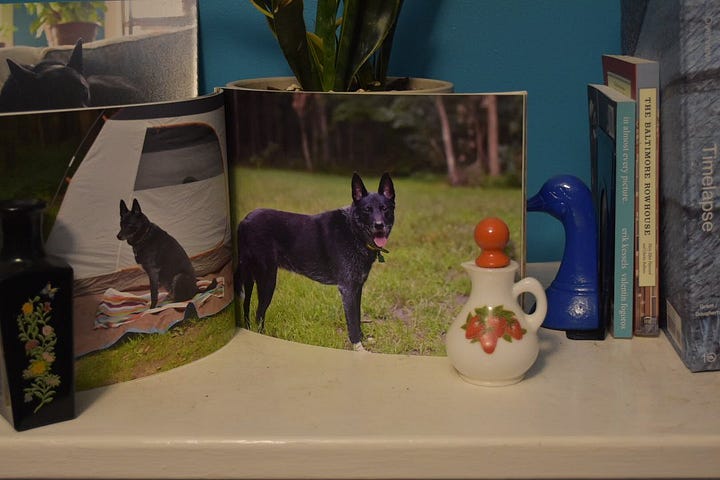
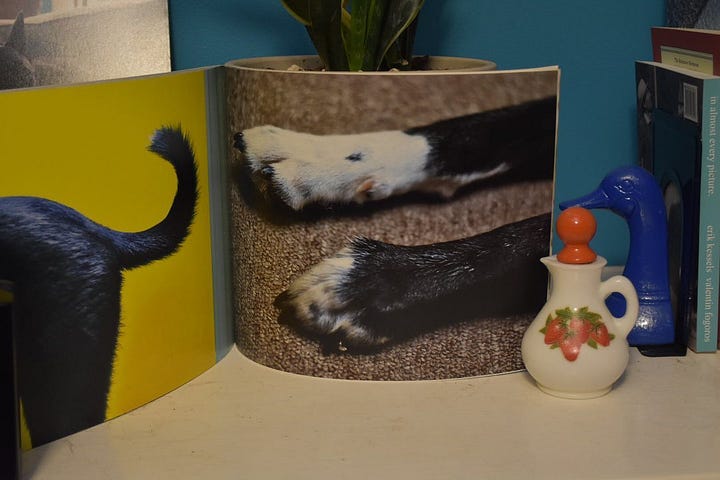
When the book arrived, it was nice bright quality and it got me thinking. What if I made myself a nice little souvenir book of my favorite Old Line Plate posts?
The next month became a blur. I spent every waking moment working on the layout and then proofreading.
Instead of printing myself a single copy with Shutterfly, I looked into the options we used at work. Ingram, one of the largest book distributors, calls their digital printing arm “Lightning Source.” They also have a self-publishing platform called IngramSpark. I set up my book with IngramSpark and ultimately used them to print the bulk of my books. This was not the best choice for reasons I will get into, but it is probably the best choice for many people.
The main self-publishing options out there are IngramSpark, Lulu, Amazon (KDP), and Barnes & Noble. I tried setting up my book on all of these platforms and ordering a copy. I did not bother with some others like BookBaby because the cost was so much more.
KDP is one of the most popular platforms because authors want their books to be on Amazon. Although IngramSpark will also get your book on Amazon, and they often use the same printing presses, setting one’s book up directly with Amazon will pay higher royalties than if Amazon buys the books from Ingram.
BUT bookstores don’t want to buy books from Amazon. For this reason, many self-published authors choose to set their identical books up BOTH ways to make the maximum profits. If you buy your own ISBN from Bowker instead of using Ingram or Amazon’s free ISBNs (which will essentially brand your book as being published by them), then you can even use the same ISBN, which more or less consolidates that metadata I wrote about.
I set my book up with KDP but in the end, I never ordered a copy there. My book had intense artwork with full bleeds, and KDP’s AI-powered review system seemed absolutely unable to comprehend and approve my design. I gave up.
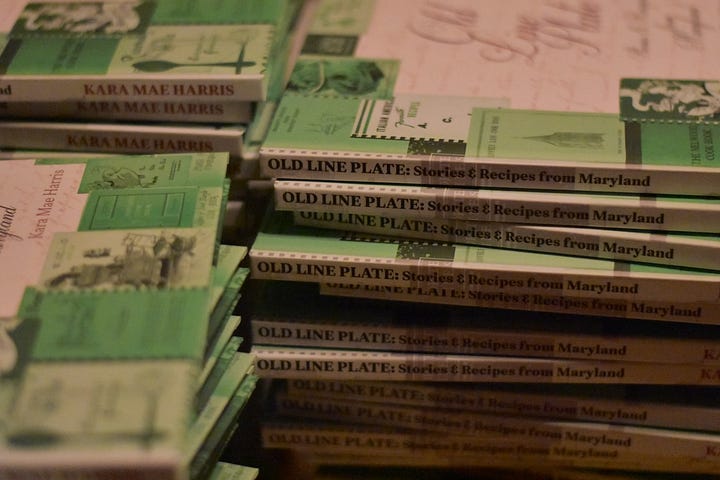
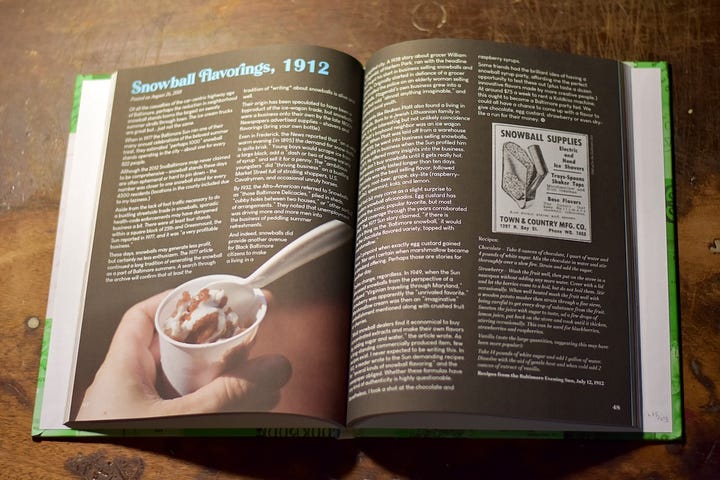
When my proof came from IngramSpark, I was somewhat shocked at the quality. I don’t know what I expected - after all, real publishers use this same technology all the time. But the book was great. By this point, I’d ended up expanding my vision and selling books to the public. So I was happy to have a quality product.
The Lulu version of my book was of slightly higher quality, but the price was also slightly higher. It came on somewhat glossy paper, with images that appeared halftoned instead of dithered (at a nearly microscopic level mind you), and more vivid colors.
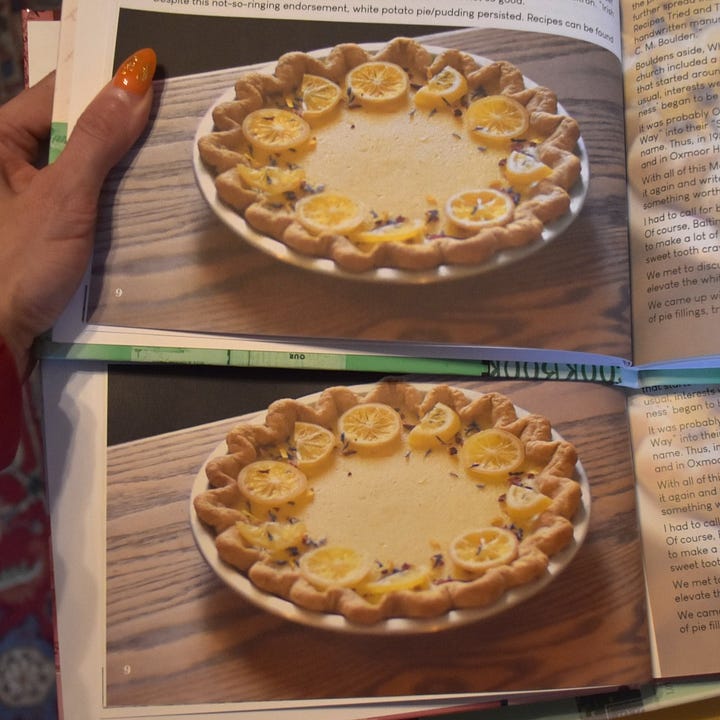



The Barnes & Noble version was practically identical to the IngramSpark copy, but somehow the full bleeds were incorrect, even though I used the same file. I gave that copy away.
I would recommend Lulu to authors who want to produce a quality graphic-intensive book and absolutely do not want to be involved in the distribution. They can point customers directly to the Lulu platform to purchase.
KDP is for if you really expect customers to find your book on Amazon. I wasn’t about to bet on that myself. If they do find them, they will be buying the IngramSpark copies and I still make a few bucks, though considerably less.
This brings me to the major advantage of IngramSpark: distribution. The Ingram company distributes your metadata to any bookstore that purchases books from Ingram. Which is all of them. When I opened my book up for wider distribution, I saw within weeks that my book appeared on the websites of random bookstores all over the country. It also appeared on Barnes & Noble, Amazon, and Walmart, for what it’s worth. The Lulu version got some wider distribution, but the markup was much higher. That IngramSpark version is out there with the cover price that I set.
Basically no other platform can offer that.
I think I will actually make this a three-parter because this is getting long. In the final “chapter” I will get into the downsides of IngramSpark, who it is NOT good for, and how and why I am printing my next book with not one but two printers.
(to be continued)
